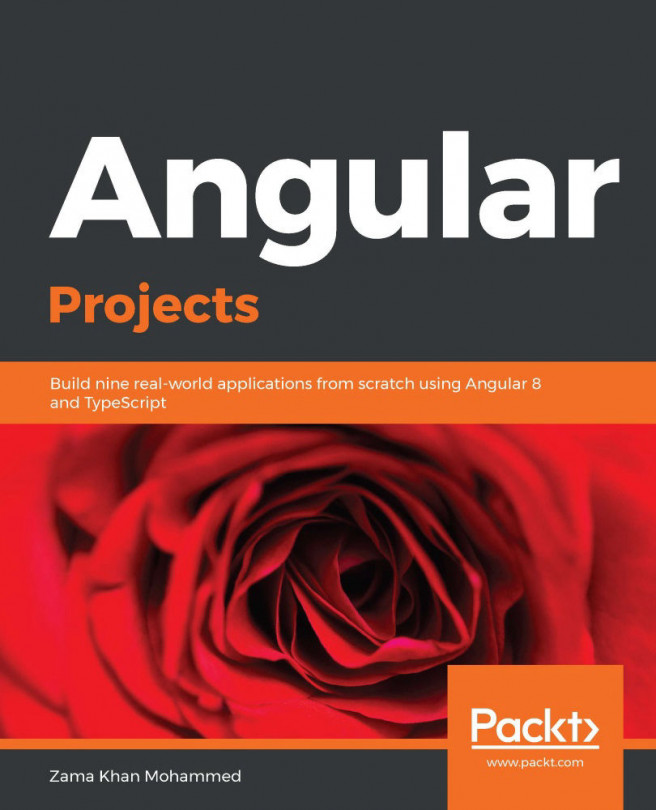Summary
In this chapter, we covered the DI mechanism of Angular. We briefly discussed the positives of using DI in our projects by introducing it in the context of the framework. The second step in our journey was how to instantiate and configure injectors; we also explained the injectors' hierarchy and the visibility of the registered providers. In order to enforce a better separation of concerns, we mentioned how we can inject services carrying the business logic of our application in our directives and components. The last point we took a look at was how we can use the DI mechanism with the ES5 syntax.
In the next chapter, we'll introduce the new routing mechanism of the framework. We'll explain how we can configure the component-based router and add multiple views to our application. Another important topic we will cover is the new form module. By building a simple application, we will demonstrate how we can create and manage forms.













































































